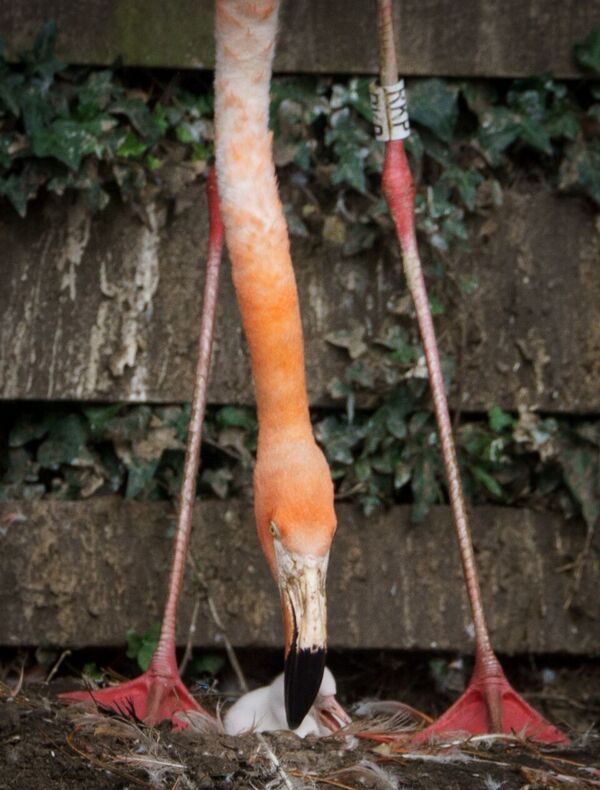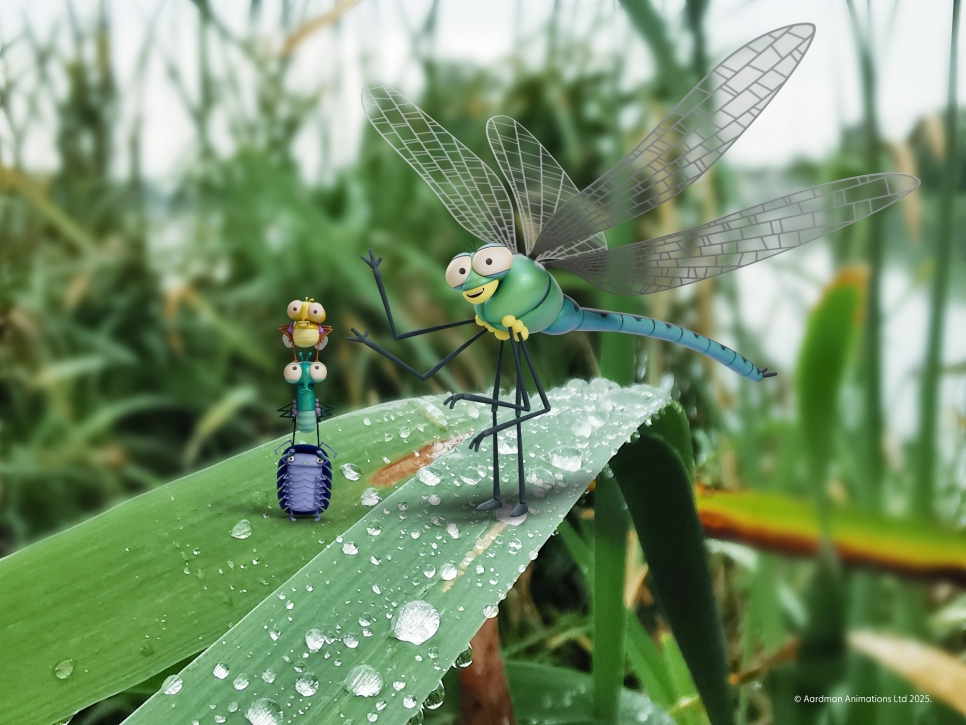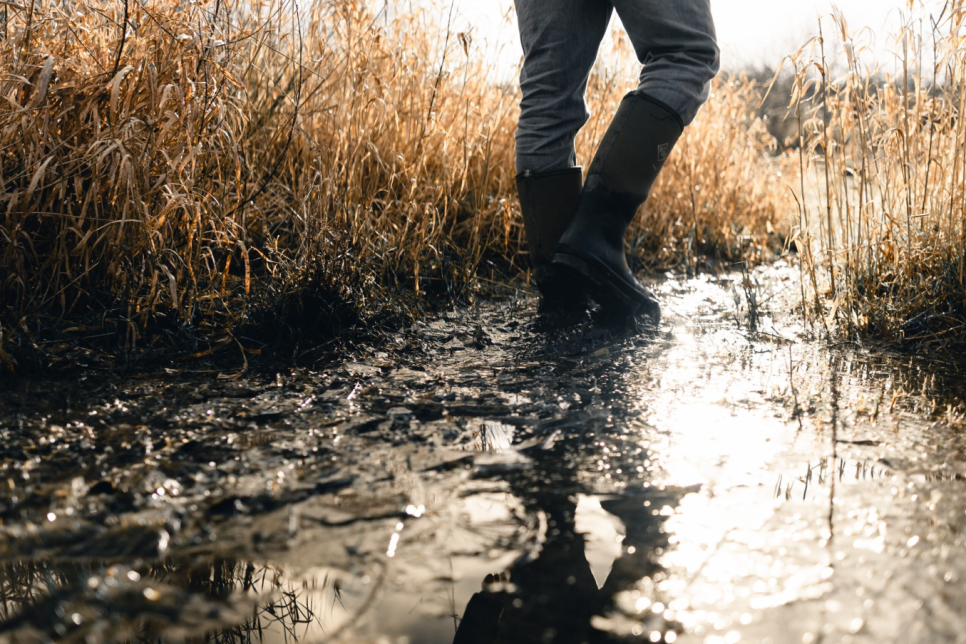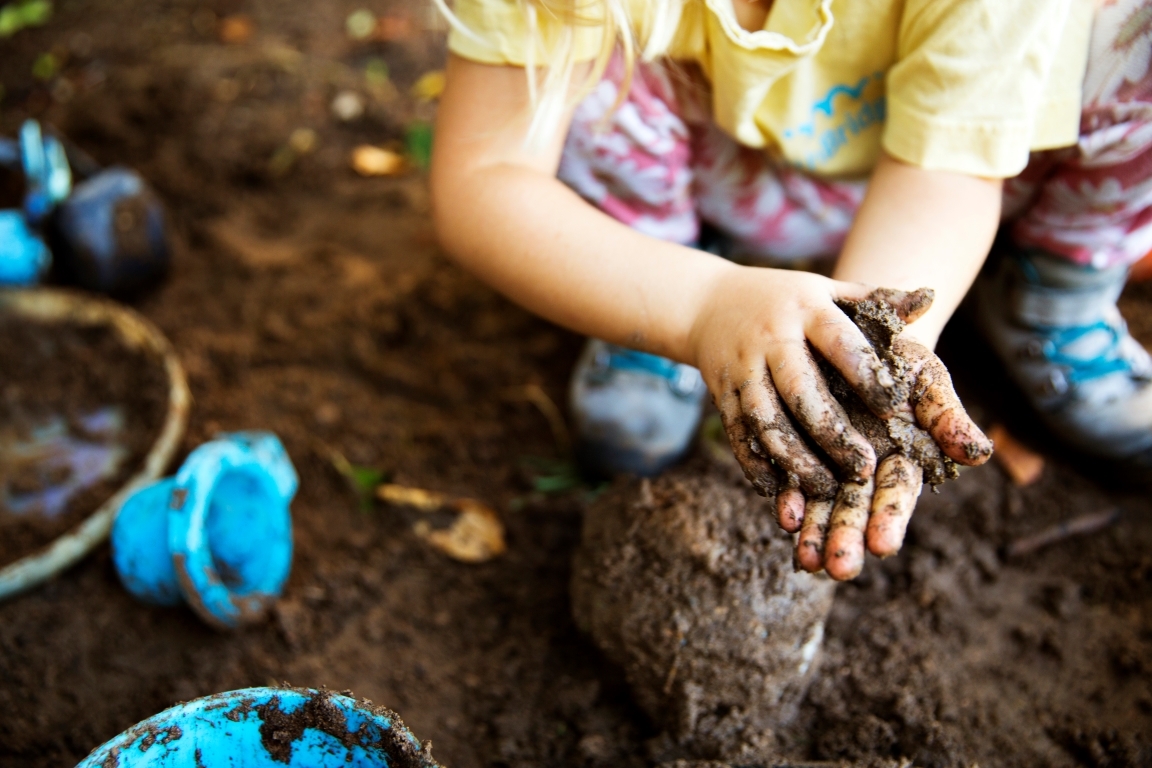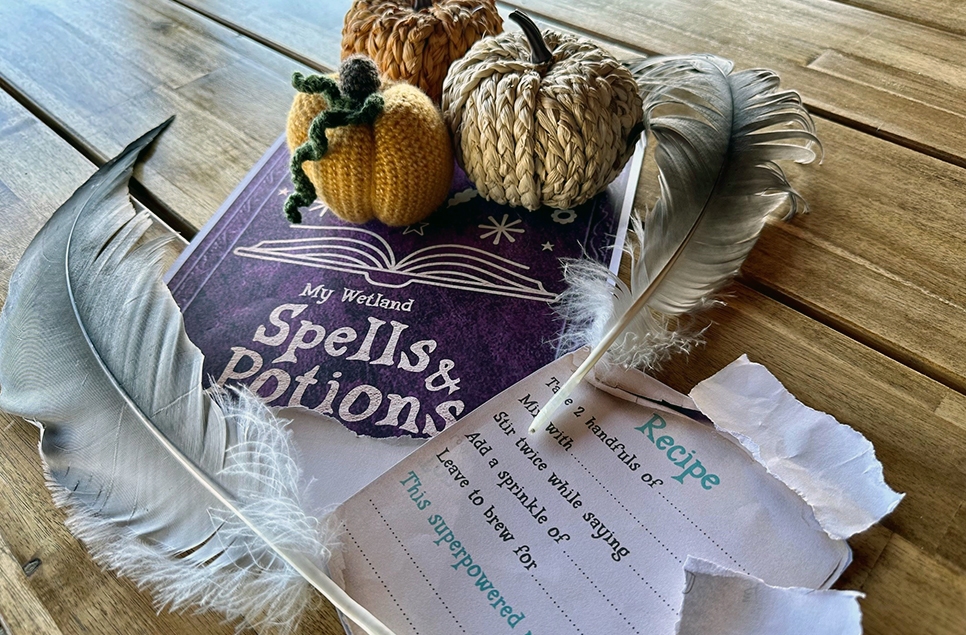Flamingo chicks hatch at WWT Llanelli Wetland Centre
The first flamingo chicks of this year have hatched at WWT Llanelli Wetland Centre! Six fluffy Caribbean chicks are already popular residents of the Wetland Centre in Penclacwydd, with more due to hatch in the coming weeks.
The chicks are beginning to take their first steps after being huddled in their nests under the watchful eyes of their parents. One parent stays with the chick for the first 10-15 days, and as the chick gets older, they will be looked after in crèches by a few adults.
If you want to spot a flamingo chick whilst they are small then you’d better be quick! Flamingo chicks grow up fast – 5mm on each leg every day!
For the best chance of seeing a flamingo chick, WWT Llanelli Wetland Centre is holding Flamingo talks throughout the summer as part of your chance to be a Nature Explorer. Every day at 2.45pm from Thursday 21 July – Sunday 4 September enjoy a close-up look at the flock using binoculars and a telescope and find out more about our feathered friends from our expert guide. And if you can’t get enough of our flamingos, you’ll love your special flamingo fun days on Saturday 6 and Sunday 7 August where a whole host of flamingo-themed activities will be taking place.
Richard Edwards, Grounds Manager at WWT Llanelli Wetland Centre said:
“Most people are surprised to see that flamingo chicks are actually a grey colour when they are small and even though they will grow their first adult feathers at just 3 months old, they don’t turn their recognisable pink colour until they are three years old”.
Around 80 flamingos are raised each year at WWT centres to maintain their captive populations (so flamingos do not need to be taken from the wild), which are used to educate the public and raise awareness of WWT’s role in flamingo conservation.
Richard added:
“When the flamingos lay eggs, we carefully take them into incubators and replace them with wooden ‘dummy’ eggs, and the flamingo cares for it just like the real thing. We remove the eggs to protect them from predators such as crows, magpies and the black-backed gull. Once the chick starts tapping from within the egg, known as pipping, it is vital that we put the egg back into the nest. This is how the chick starts communicating with its parents to start forming a bond. When the chick then hatches, it’ll recognise the voices of Mum and Dad.”
